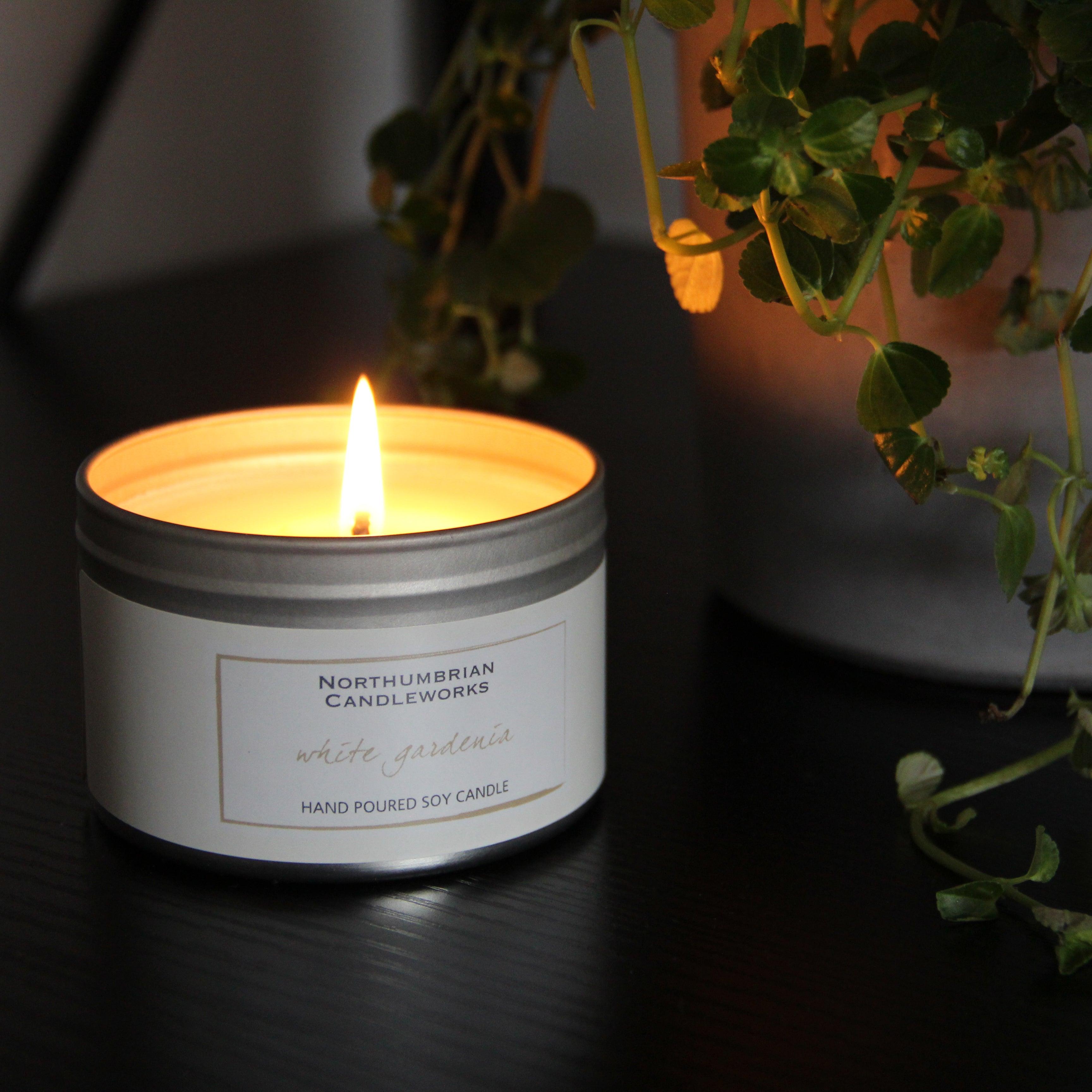Infuse Your Home with the Scent of Crystal Soy Candles and Home Fragrance
Infuse Your Home with the Scent of Crystal Soy Candles and Home Fragrance
Blog Article
From Wick to Wax: Understanding the Chemistry Behind Soy Wax Candles and Their Ecological Impact
As we illuminate our areas with the cozy radiance of candle lights, there lies a realm of elaborate chemistry behind the seemingly basic act of lighting a soy wax candle light. Join us as we decipher the scientific intricacies behind soy wax candles and discover their implications on our atmosphere.
Soy Wax Vs. Paraffin Wax
When contrasting soy wax and paraffin wax for candle light making, it is necessary to understand the distinct features and advantages of each product. Soy wax is an all-natural, renewable energy originated from soybean oil, making it eco-friendly and naturally degradable - candles. On the other hand, paraffin wax is a by-product of oil refining, which elevates issues about its environmental impact and sustainability
Soy wax candle lights burn cleaner and release less residue compared to paraffin wax candle lights, making them a much healthier choice for indoor air high quality. In addition, soy wax has a lower melting factor, permitting for a longer-lasting candle light that spreads fragrance a lot more successfully. Paraffin wax, on the other hand, tends to burn faster and much less cleanly, possibly launching damaging chemicals into the air.
From a sustainability perspective, soy wax is preferred for its biodegradability and sustainable sourcing, straightening with the expanding consumer preference for ecologically conscious products. While paraffin wax has been a traditional choice in candle making due to its cost and ease of use, the change towards environment-friendly choices like soy wax is obtaining energy in the market.
Chemical Structure of Soy Wax

Burning Process in Soy Candles
The chemical make-up of soy wax directly affects the combustion procedure in soy candles, affecting variables such as burn time, aroma launch, and ecological effect. When a soy candle light is lit, the heat from the fire melts the wax near the wick. This fluid wax is then created the wick due to capillary action. As the liquid wax gets to the flame, it vaporizes and goes through combustion. The combustion procedure involves the vaporized hydrocarbons in the wax responding with oxygen in the air to produce heat, light, water vapor, and co2.
The burning performance of soy candles is influenced by the purity of the soy wax and the high quality of the wick. A clean-burning see this soy candle with an appropriately sized wick will generate a stable flame and decrease residue formation. This not only expands the burn time of the candle yet also enhances the launch of scents. Additionally, soy wax candles have a reduced ecological influence compared to paraffin candles due to their biodegradable and renewable nature.

Environmental Benefits of Soy Wax

Considered a sustainable choice to conventional paraffin wax, soy wax offers remarkable ecological benefits that make it a prominent selection amongst eco-conscious customers. One substantial benefit of soy wax is its renewable sourcing. Soy wax is stemmed from soybean oil, which is mostly cultivated in the USA. The growing of soybeans aids support local farmers and minimizes the reliance on non-renewable nonrenewable fuel sources used in paraffin wax production. Furthermore, soy wax is eco-friendly, suggesting it breaks down normally without releasing dangerous toxins into the environment. This characteristic makes soy wax candles a more ecologically friendly choice contrasted to paraffin wax candle lights, which are made from petroleum, a non-renewable source. In addition, soy wax burns cleaner and creates less soot than paraffin wax, contributing to far better indoor air top quality and minimizing the need for cleansing and upkeep. On the whole, the environmental benefits of soy wax straighten with the expanding need for sustainable and environment-friendly items in the marketplace.
Recycling and Disposal Factors To Consider
Recycling and correct disposal of soy wax candle lights play an essential function in maintaining environmental sustainability and decreasing waste in households and communities. When it comes to reusing soy wax candle lights, the initial action is to ensure that the candle light has actually burned totally.

In regards to disposal, if recycling is not a choice, soy wax candles are naturally degradable and can be securely thrown away in the majority of house waste systems. It is always advised to inspect with regional recycling centers or waste management solutions for details guidelines on candle light disposal to make sure proper handling and ecological security.
Final Thought
In conclusion, the chemistry behind soy wax candles exposes their ecological benefits over paraffin wax candle lights. Soy wax, obtained from soybean oil, burns cleaner and generates less residue when compared to paraffin wax.
When contrasting soy wax and paraffin wax for candle making, it is vital to comprehend the distinctive characteristics and advantages of each material (crystal soy candles).Soy wax candle lights melt cleaner and give off less soot contrasted to paraffin wax candles, making them a healthier option for interior air quality.Taken into consideration a lasting alternative to traditional paraffin wax, soy wax supplies noteworthy ecological benefits that make it a prominent option amongst eco-conscious customers. article source Soy wax burns cleaner and creates less soot than paraffin wax, contributing to better interior air quality and reducing the requirement for cleansing and upkeep.In conclusion, the chemistry behind soy wax candles discloses their ecological benefits over paraffin wax candle lights
Report this page